Curious about what SATA Hot Plug is and how to use it? Today, we’ll be covering all you need to know about SATA Hot Plugging functionality, and whether or not you should be enabling it for your PC and workloads.
I’ll be breaking down everything you need to know to make the most use of this unique feature, but feel free to skip around with the Table of Contents if you please!
TABLE OF CONTENTS
A Brief on SATA and SATA Drives
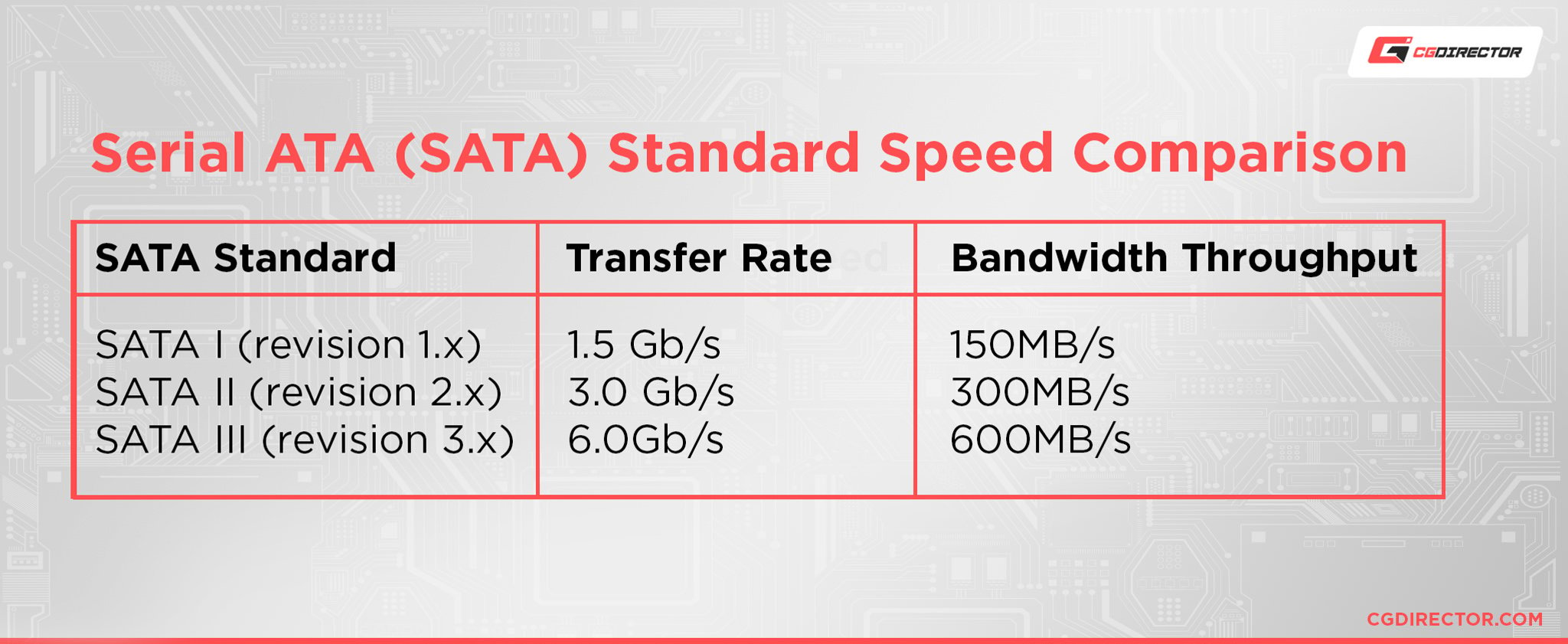
Before I break down what SATA Hot Plug is, I want to take a moment to discuss what SATA (Serial ATA) drives actually are, since Hot Plug is a standard feature introduced with the SATA standard.
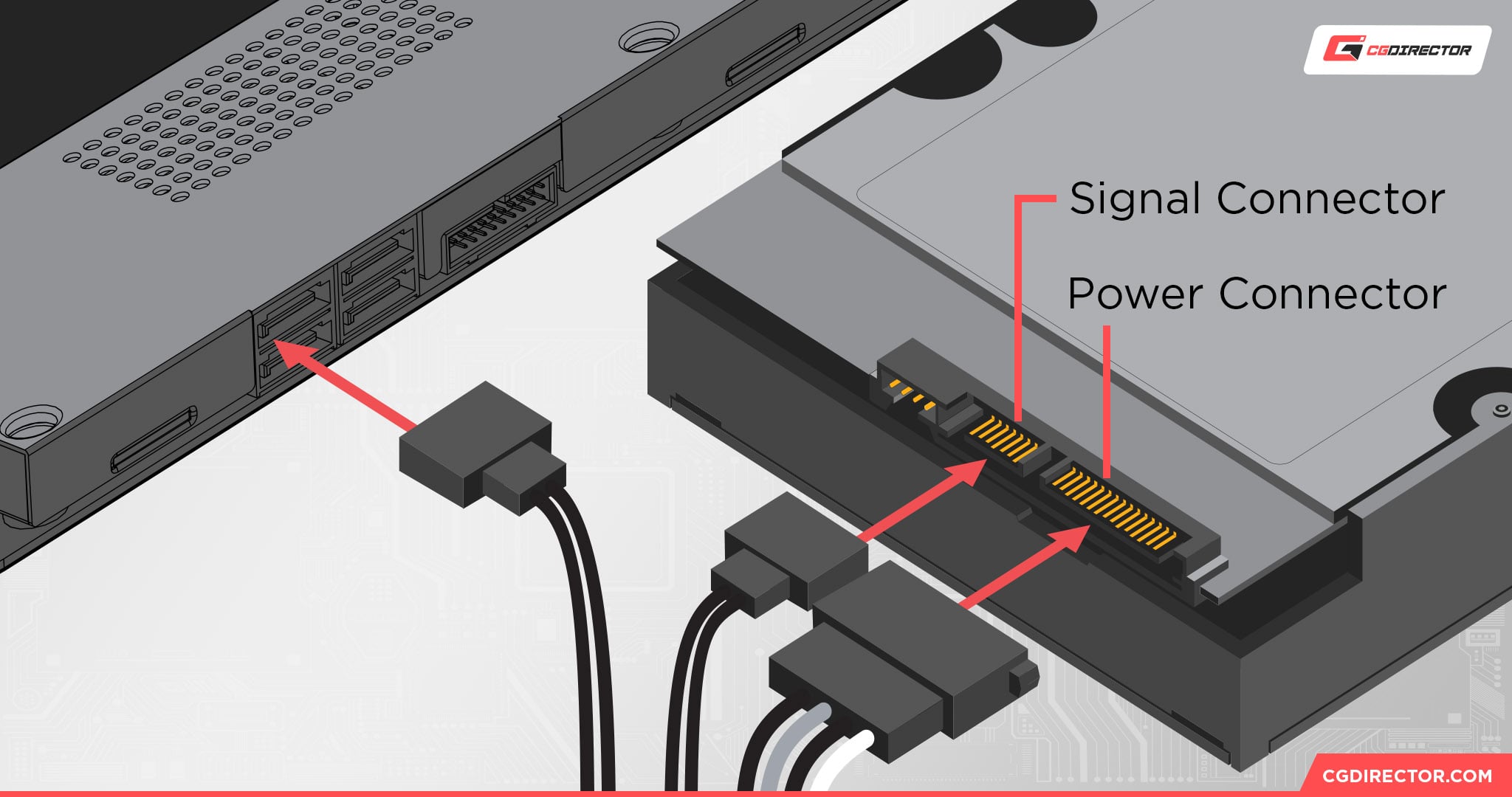
SATA is a successor to the IDE (Integrated Drive Electronics) standard, introduced in 20023. It’s primarily used for desktop hard drives and SSDs with a 2.5-inch or 3.5-inch form form factor.
A SATA connector is also used for large 5.25-inch drives you may install inside your PC, which are usually DVD/Blu-Ray drives, SD card readers, or even fan controllers.
What SATA Hot Plug is and How to Use It
SATA Hot Plug is mostly exactly what it sounds like: a functionality that, when enabled in your BIOS, allows for SATA drives to be “hot swapped”.
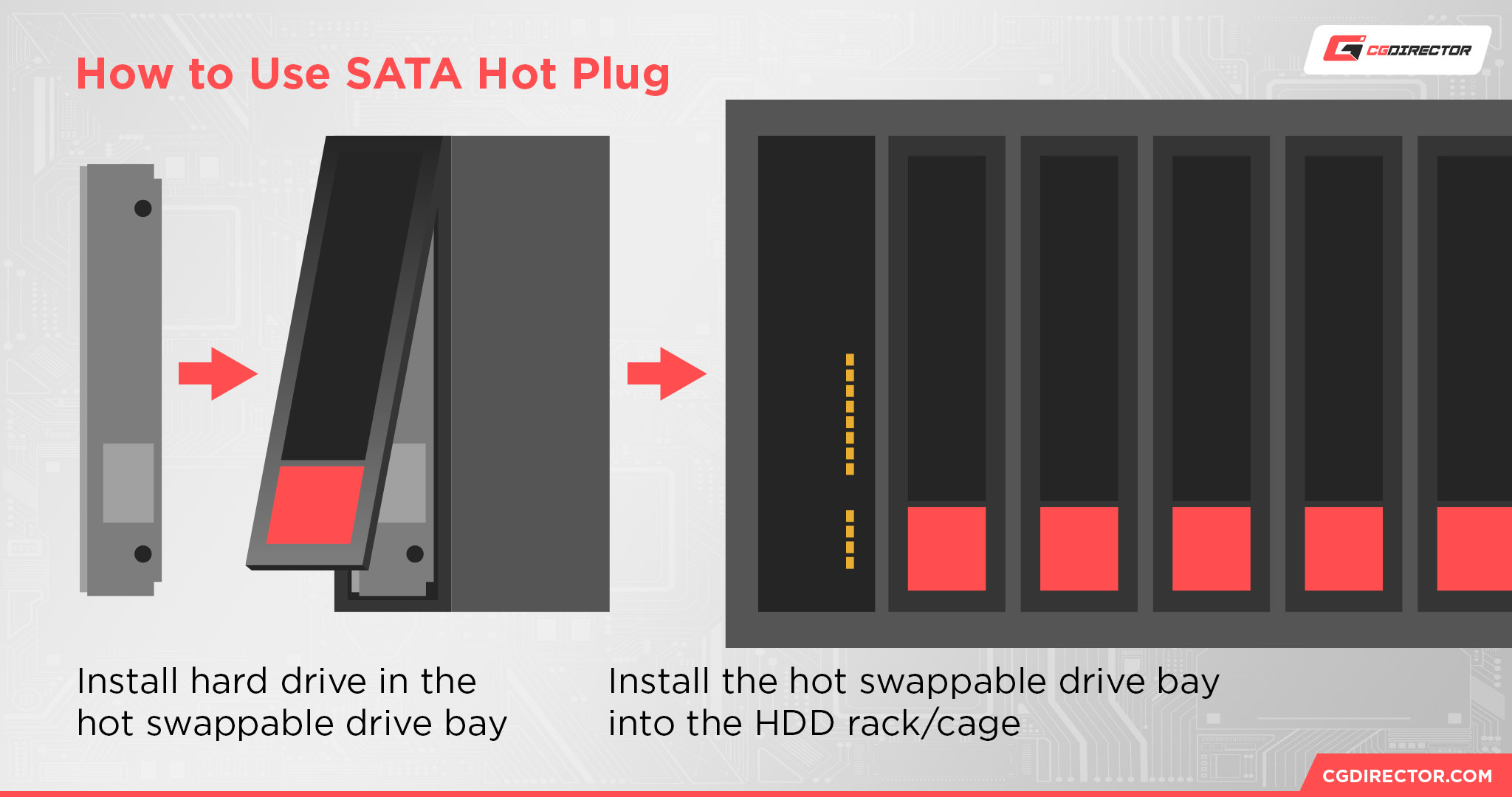
This pretty much turns SATA drives into plug-and-play devices, but there are (of course) some caveats.
Here are the requirements to use SATA Hot Plug:
- Cannot be used with your PC’s Boot Drive, where your operating system is installed, for obvious reasons.
- Must be enabled within your BIOS to be used at all.
- Requires specialized hardware— hot swappable drive bays on your case— in order to be used.
- Must be used with SATA power and data connections— the IDE standard can be used for SATA drives with an adapter, but cannot maintain hot plug functionality.
FAQ
What Is Hot Plugging vs Cold Plugging?
“Hot plugging” describes the practice of installing or uninstalling PC hardware while it’s in a “Hot”, or powered-on state.
Hot plugging is what you do with removable storage, hot-swappable drives, and pretty much any peripheral or cabling you connect to the outside of your PC.
“Cold plugging” describes the practice of installing PC hardware while it’s powered off, or in a “Cold” state.
This is basically what you’re doing whenever you’re installing a CPU, RAM, or GPU. These are for core components that can’t reasonably be installed or removed while the PC is powered on without
Is It Safe To Hot Plug SATA?
As long as you use Windows’ “Safely Remove Hardware” dialog* and meet the above requirements, then yes!
SATA Hot Plugging is a standard functionality of SATA, and as long as you don’t abruptly remove the drive while it’s still in the middle of a read or write operation, you shouldn’t have anything to worry about.
*Yes, just like a USB flash drive. With this functionality, your hot-swappable SATA drives are almost as safely removed and replaced as standard USB flash drives.
USB flash drives can be yanked out without the “Safely Remove Hardware” dialog, but I’d recommend erring on the side of caution and always using the dialog when hot-swapping SATA drives.
Can SSDs Be Hot Plugged In?
Yes! As long as you’re using a SATA SSD and not an M.2 or NVMe SSD, you should be able to use SATA Hot Plug perfectly fine.
Can You Hot Plug Non SATA Drives?
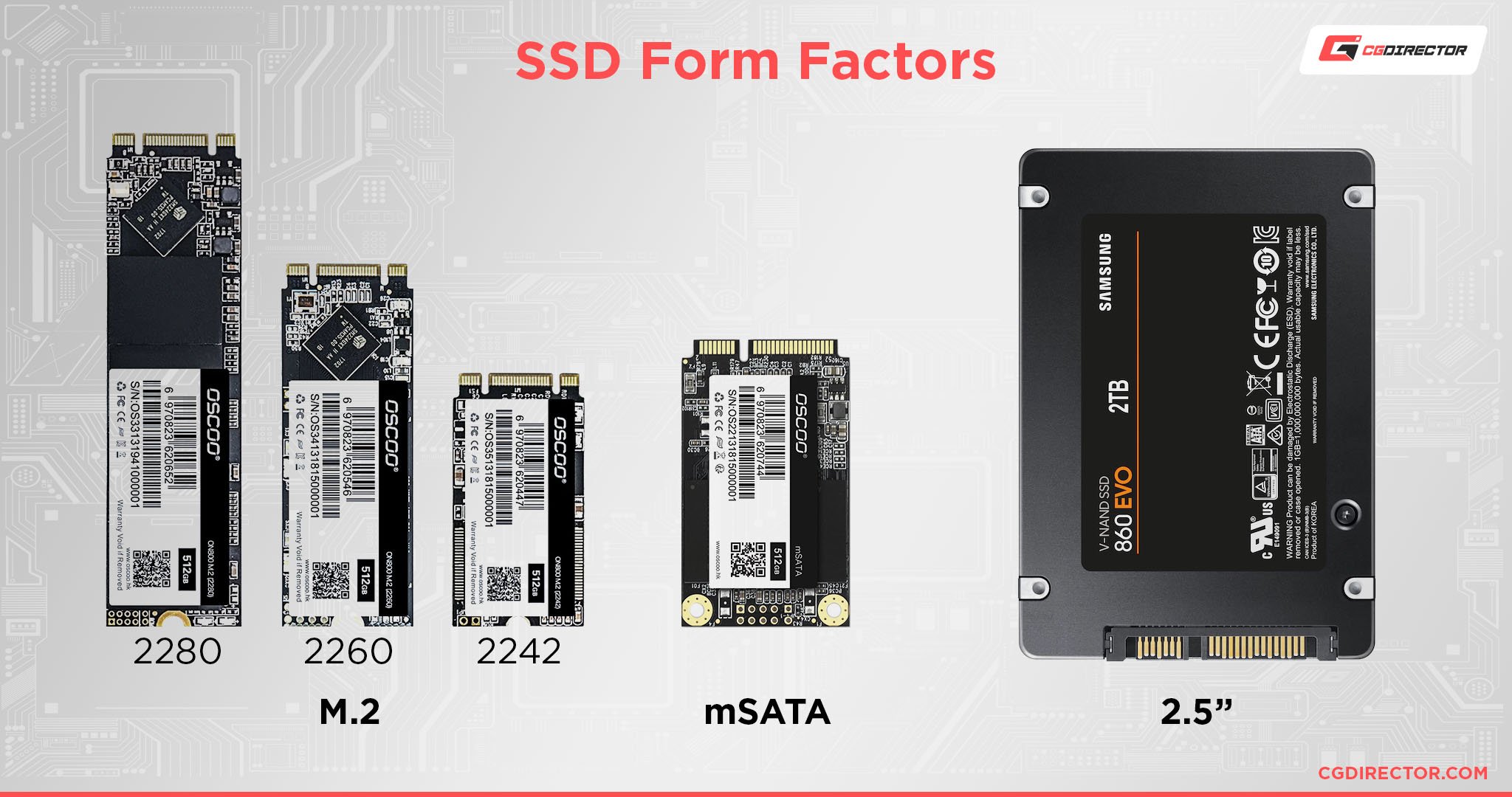
Yes!
External storage drives used through standards like USB, Thunderbolt, etc are built expressly for hot plugging functionality from the get-go.
Even SD cards should work fine for this as long as previous tips regarding safe hardware removal are followed.
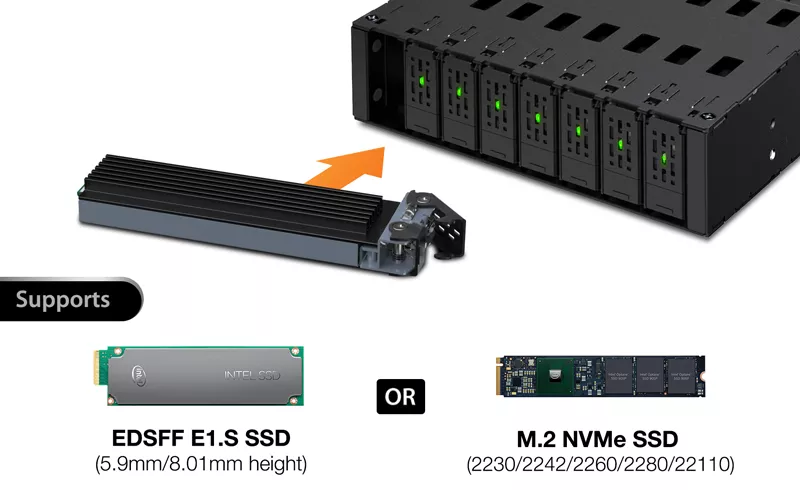
Image Credit: Icydock
Under very specific circumstances, even M.2 SSDs and NVMe SSDs can be hot swapped! However, you’ll need specialized hardware to do the job, and may even need to opt for U.2 NVMe drives instead of M.2 for the best results.
High-end implementations like this will mostly be limited to enterprise and server users, as well.
Over to You
And that’s all, at least for now!
I hope this article helped teach you what SATA Hot Plug is and how to make use of it in your PC, provided you have both a motherboard and case that supports the functionality.
If you have any other questions or concerns about SATA hot plugging, feel free to ask them in the comments below! Me or another member of the CGD Team will be happy to help you.
Alternatively, you can head to our Forum if you want more in-depth tech discussions, particularly if you’re hoping to share or assemble an upcoming PC build with a community of other Experts and Enthusiasts.
Since you’ve read this article, you’ll probably be looking for a case that has hot-swappable drive bays included…
Until then or until next time, though, I bid you happy computing! And good luck with whatever project of yours involves hot swapping your SATA drives.
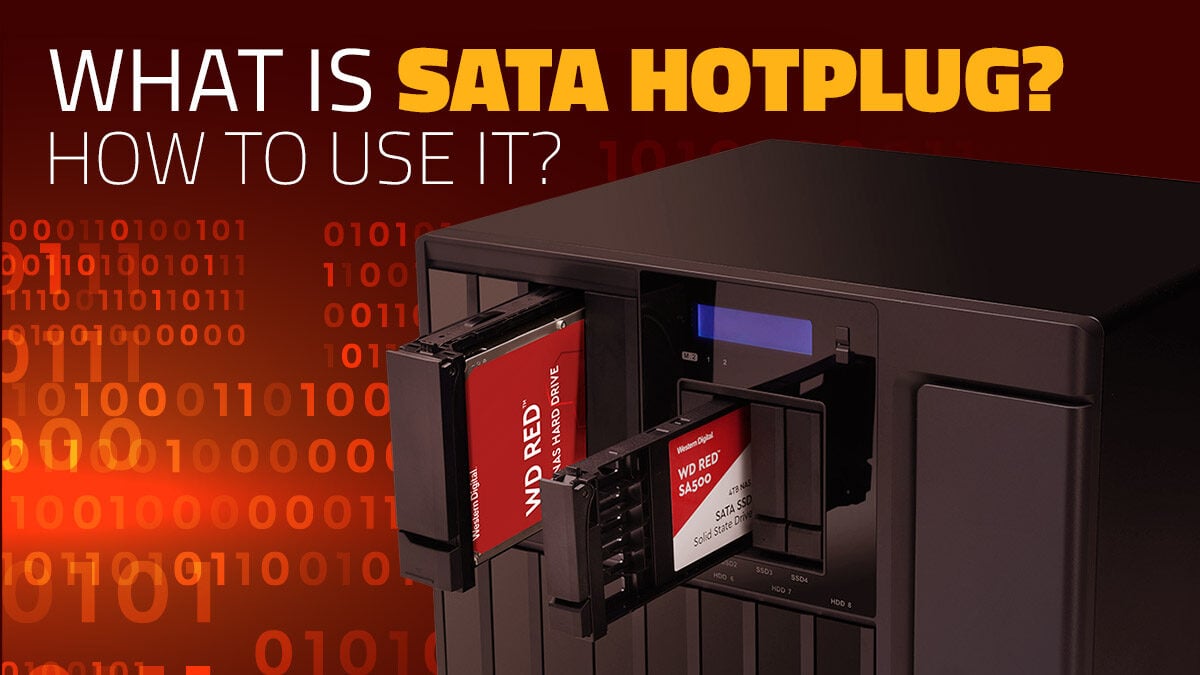
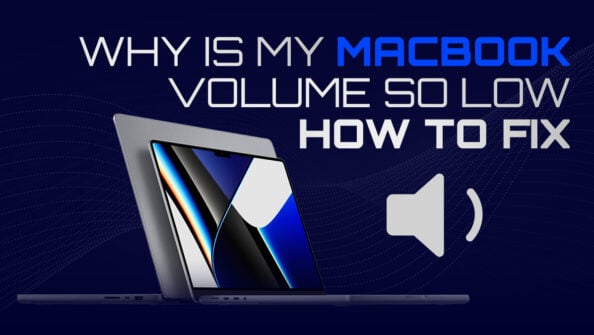
![Wi-Fi vs Internet: What’s The Difference? [Beginner’s Guide] Wi-Fi vs Internet: What’s The Difference? [Beginner’s Guide]](https://www.cgdirector.com/wp-content/uploads/media/2023/11/Wi-Fi-vs-Internet-Whats-The-Difference-Beginners-Guide-Twitter-594x335.jpg)
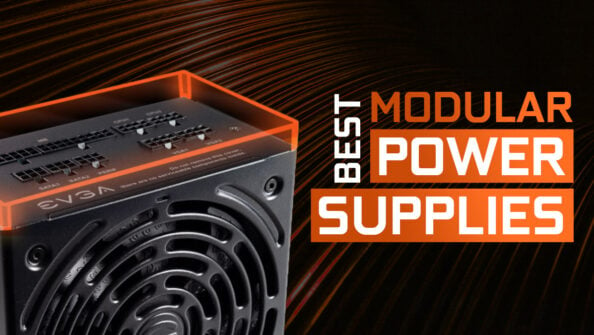
![Best B550 Motherboards for AMD Ryzen CPUs [Updated Guide] Best B550 Motherboards for AMD Ryzen CPUs [Updated Guide]](https://www.cgdirector.com/wp-content/uploads/media/2020/07/BestB550Motherboards_Twitter-1200x675-1-594x335.jpg)

0 Comments